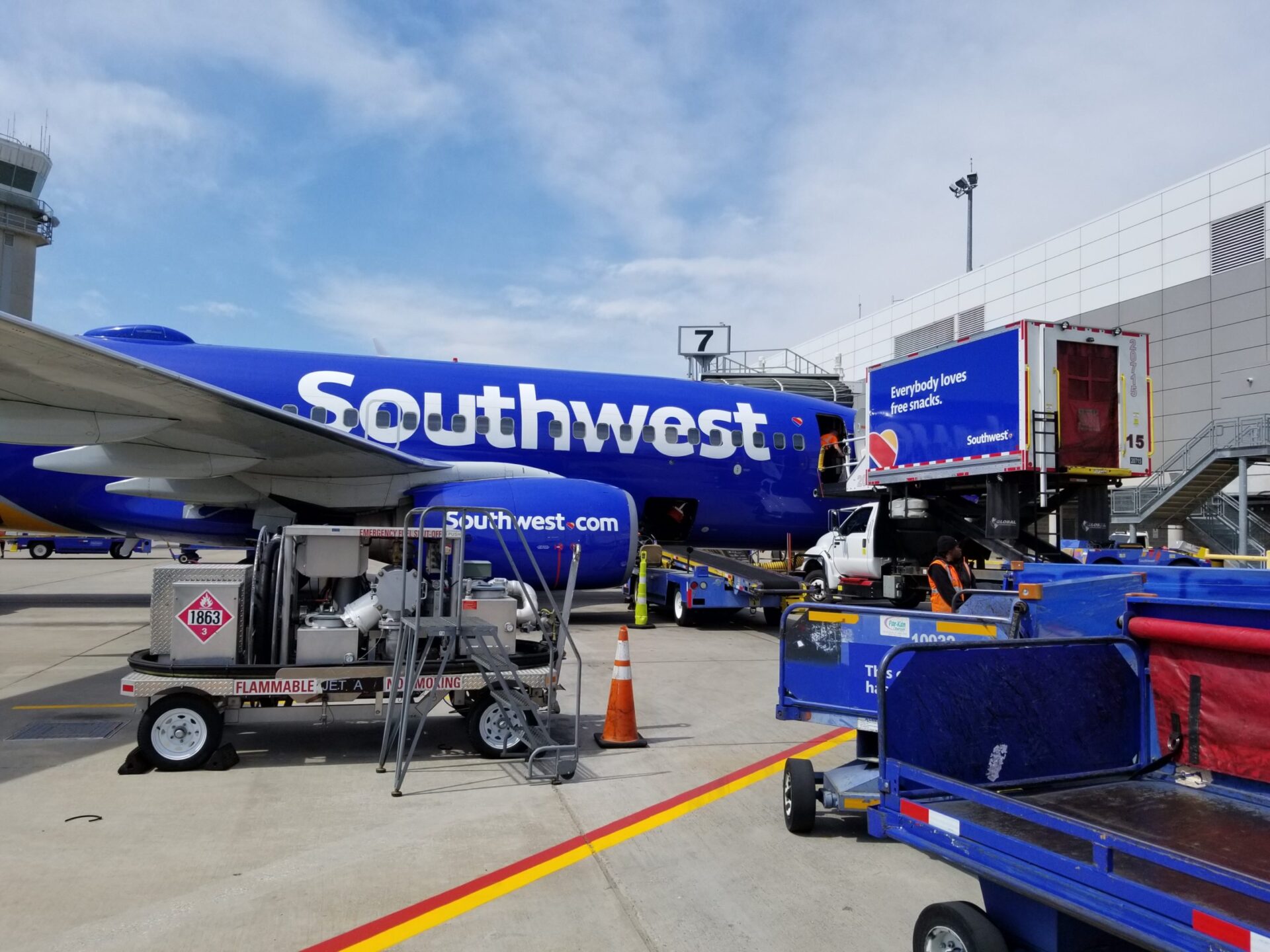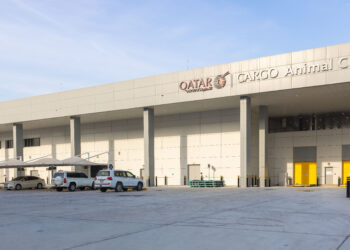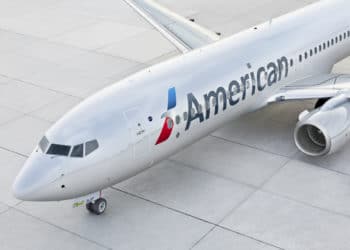No products in the cart.
Regional Pulse: US West Coast forwarders plan for emerging markets and digitalization
Freight forwarders based along the United States’ west coast report that volumes of cargo moving into and out of the region at the beginning of 2020 are starting off steady. Despite the volatility of regional weather and global politics challenging freight forwarders’ operations last year, companies navigated the period by tapping into new trade lanes and product markets, while also preparing plans to digitalize operations over the course of this year.
Top destinations for west coast forwarders continue to include trans-Pacific trade lanes to China, Japan, Korea, Taiwan and Hong Kong. However, over 2019 several freight forwarders said perishable exports to China slackened.
Los Angeles-based Able Freight, which services major perishables shippers like Driscoll’s and Costco, commented on the perishables market to say that although it is often thought to be recession proof, it is still vulnerable to the weather, politics, tariffs and currency fluctuations.
Last year “was a good year overall for Able Freight, though there were lower volumes of perishable products leaving the west coast due to poor weather conditions impacting cherry and asparagus crops,” said Able Freight Sales and Marketing Director Xavier Ripoll. “We have also seen that it has been more challenging for customers in China to buy produce from the U.S. due to tariffs, which impacts demand for shippers. When the U.S. dollar goes down, U.S. perishable exports go up, and vice versa.”
The stabilization of Chinese-U.S. relations would be ideal moving into the new year, Ripoll stated.
Beyond East Asian markets, Able Freight and other freight forwarders reported boosts in volumes to Southeast Asia and other emerging markets. For example, cargo volumes formerly flowing to the maturing European markets are now instead moving through the Middle East. Freight forwarders also expect to see significant growth in Latin America and Africa over the coming years.
E-commerce traffic of retail apparel moving into the U.S. also continues to boom.
“E-commerce imports into and distribution within the U.S. to the final customer has become a bigger focus for us,” Portland-based freight forwarder OIA Global Director of International Services Charlie Hanson said. “Meanwhile, the majority of exports out of the U.S. include component parts going into manufacturing plants or finished goods going into final distribution to shippers’ clients overseas, though most of this tends to be general cargo.”
To support these growing e-commerce volumes and trade lanes, west coast freight forwarders say digitalization efforts will take the forefront of 2020 strategy as companies seek to expand their business.
“In many ways our goals in 2020 are going to revolve around that digitization effort,” Hanson said. “OIA Global’s goal is to make much more of our service offering available and visible online, with more user level controls, via online applications. One year from now looking back, that should be the thing that we’re most proud of.”
Able Freight’s Ripoll echoed these aims, saying it also plans to expand its service offerings both in terms of physical location and digital end-to-end visibility.
















